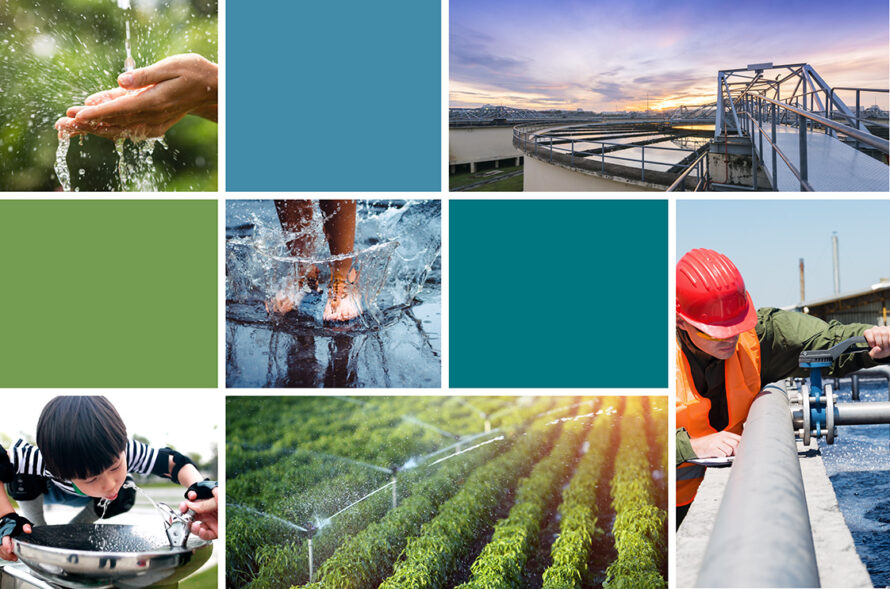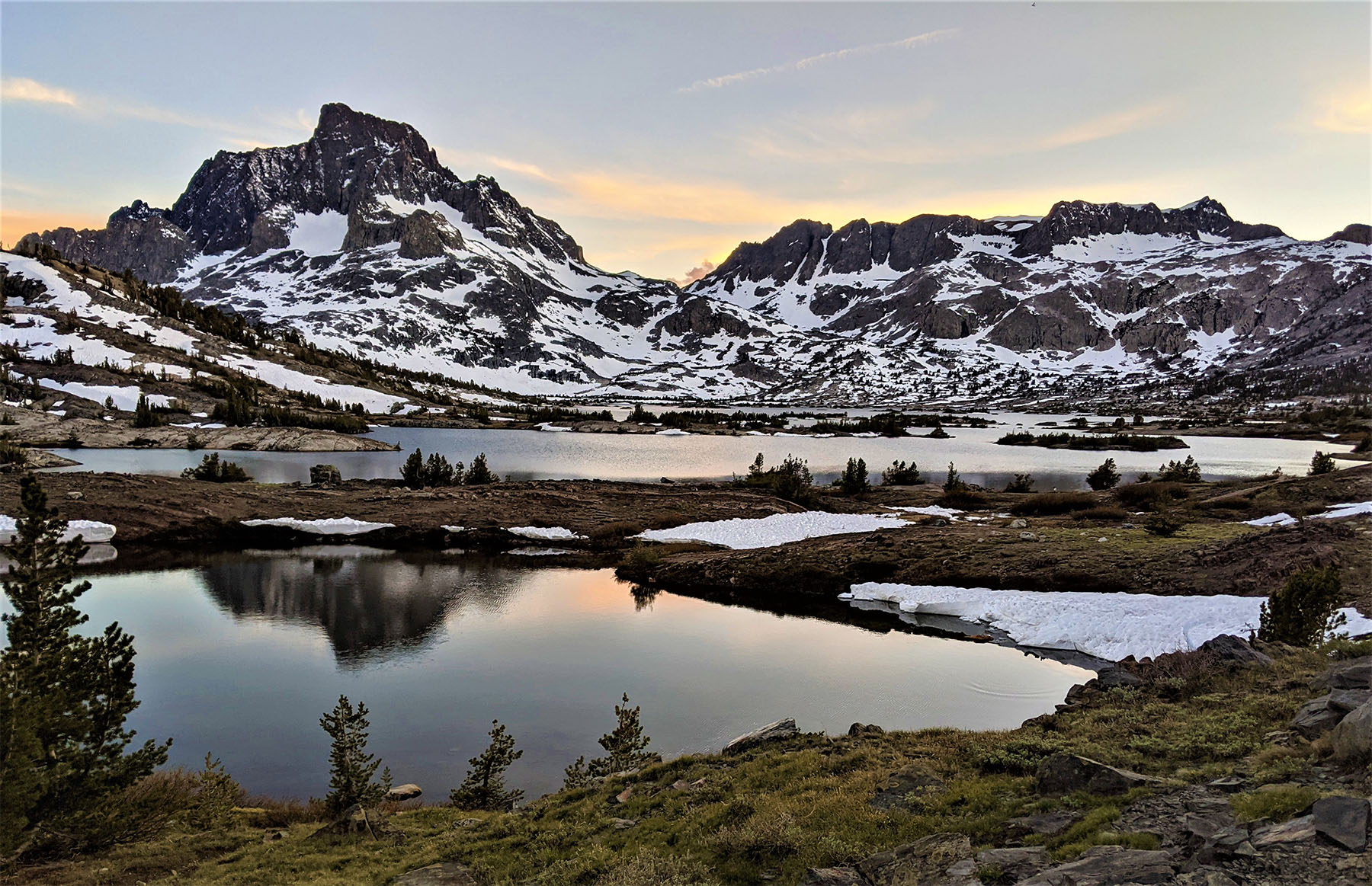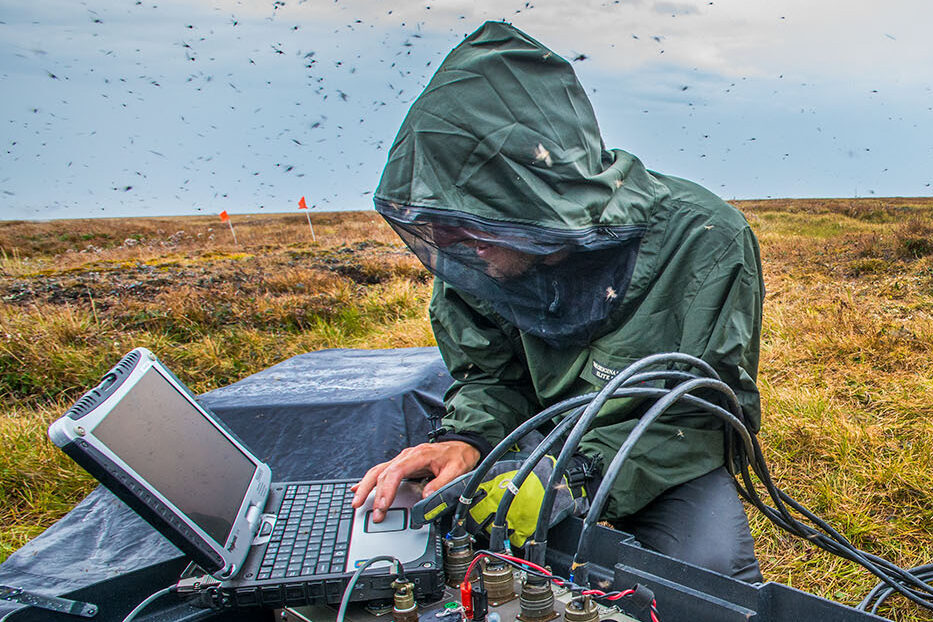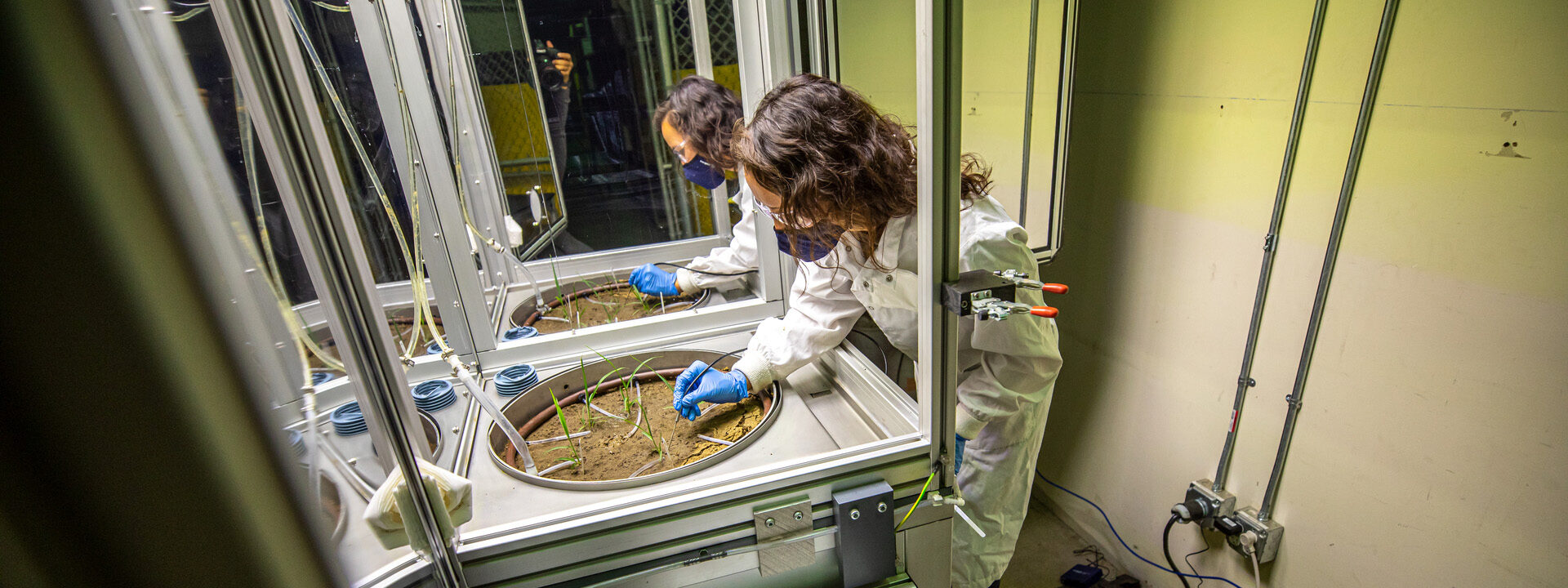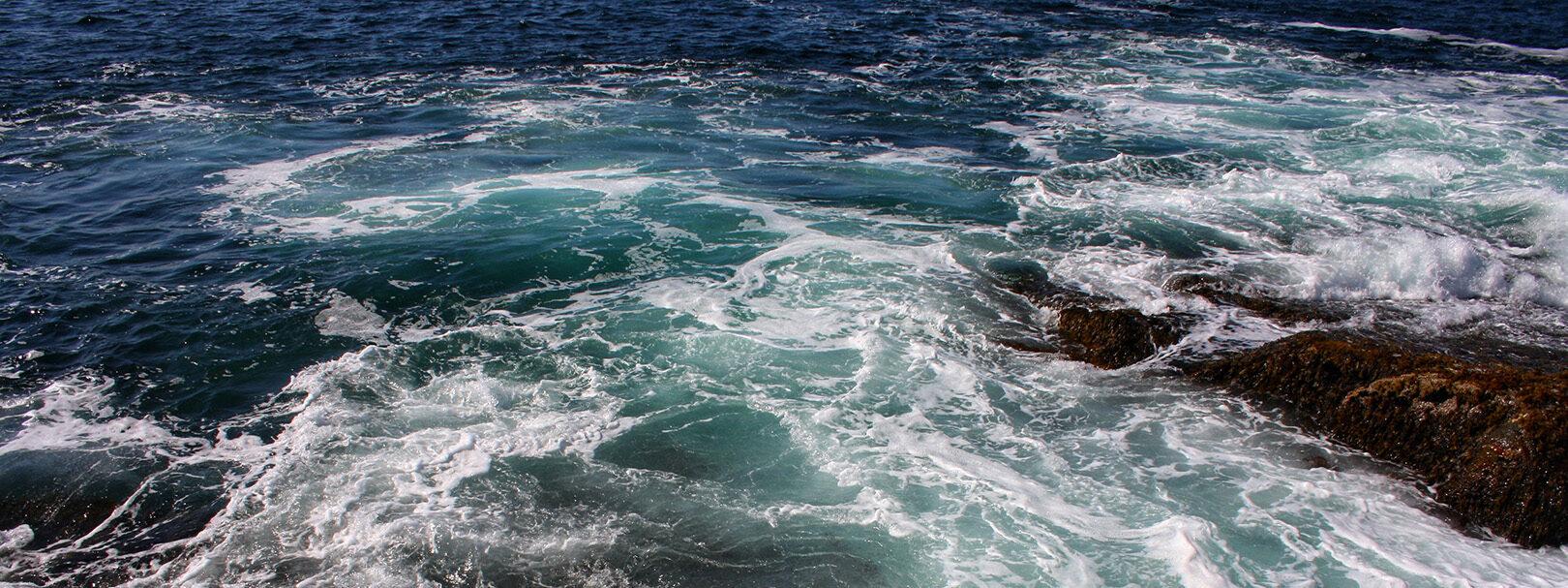
Smart systems and resilient communities
Developing remote and autonomous sensing, smart monitoring, resilient infrastructure, and tools for socio- and techno-economical analysis.
Sustainable groundwater management
Evaluating managed aquifer recharge techniques with advanced computer modeling.
Integrated watershed science and management
Predicting the cumulative impact of environmental change on the fate of nutrients and contaminant transport in the watershed.
Hydroclimatic prediction
Modeling climate, snowpack, and streamflow and their interconnections.
Water security
Developing innovative solutions for sustainable groundwater management, recycling and reuse, water-use efficiency, and desalination.
Desalination
Developing new technologies that leverage solar energy and renewable electricity to reduce the energy intensity and carbon footprint of desalination technologies.
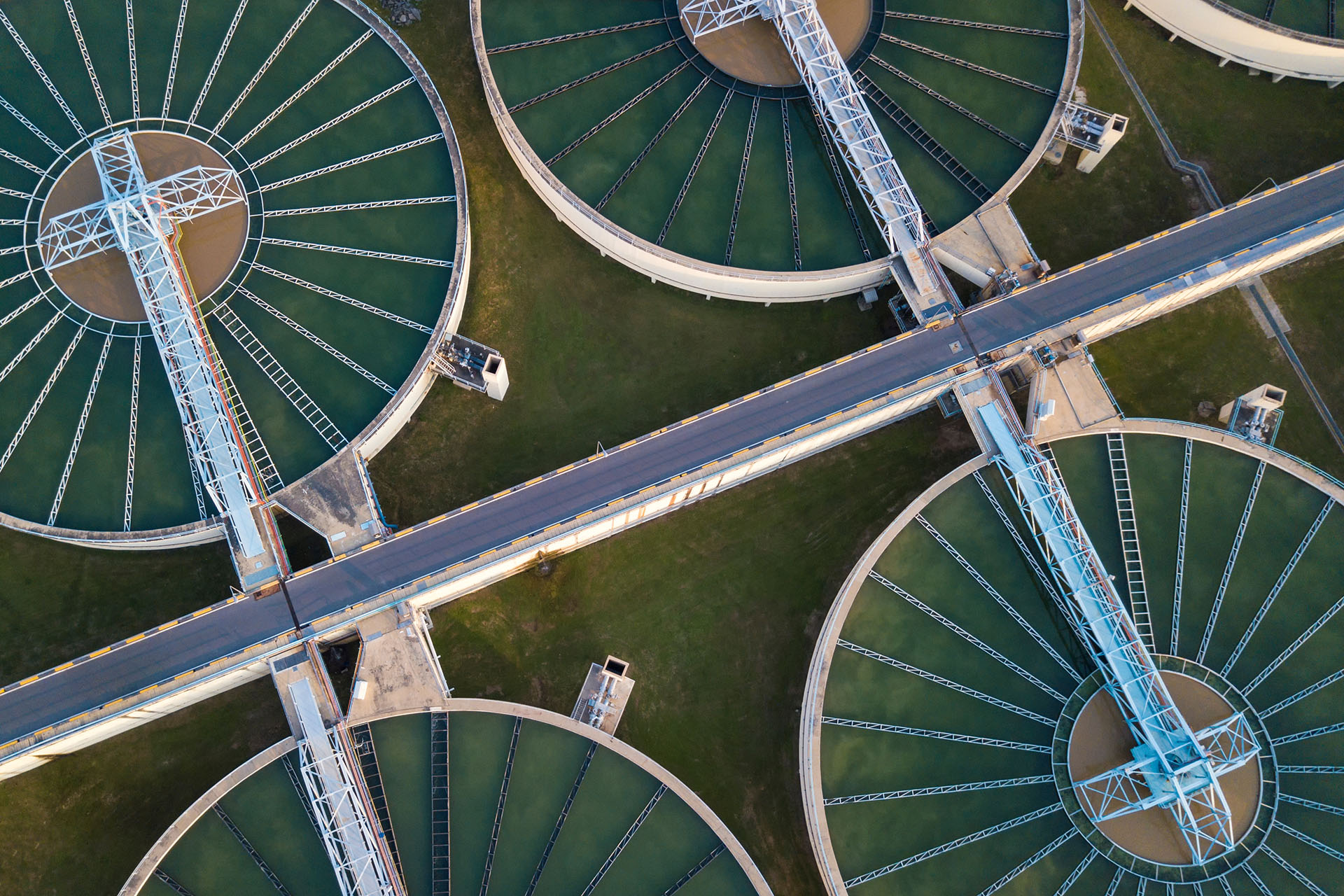
NAWI focuses on early-stage research on desalination and associated water-treatment technologies to secure affordable and energy-efficient water supplies for the United States from nontraditional water sources.

The Watershed Function SFA is developing a predictive understanding of how mountainous watersheds retain and release water, nutrients, carbon, and metals.
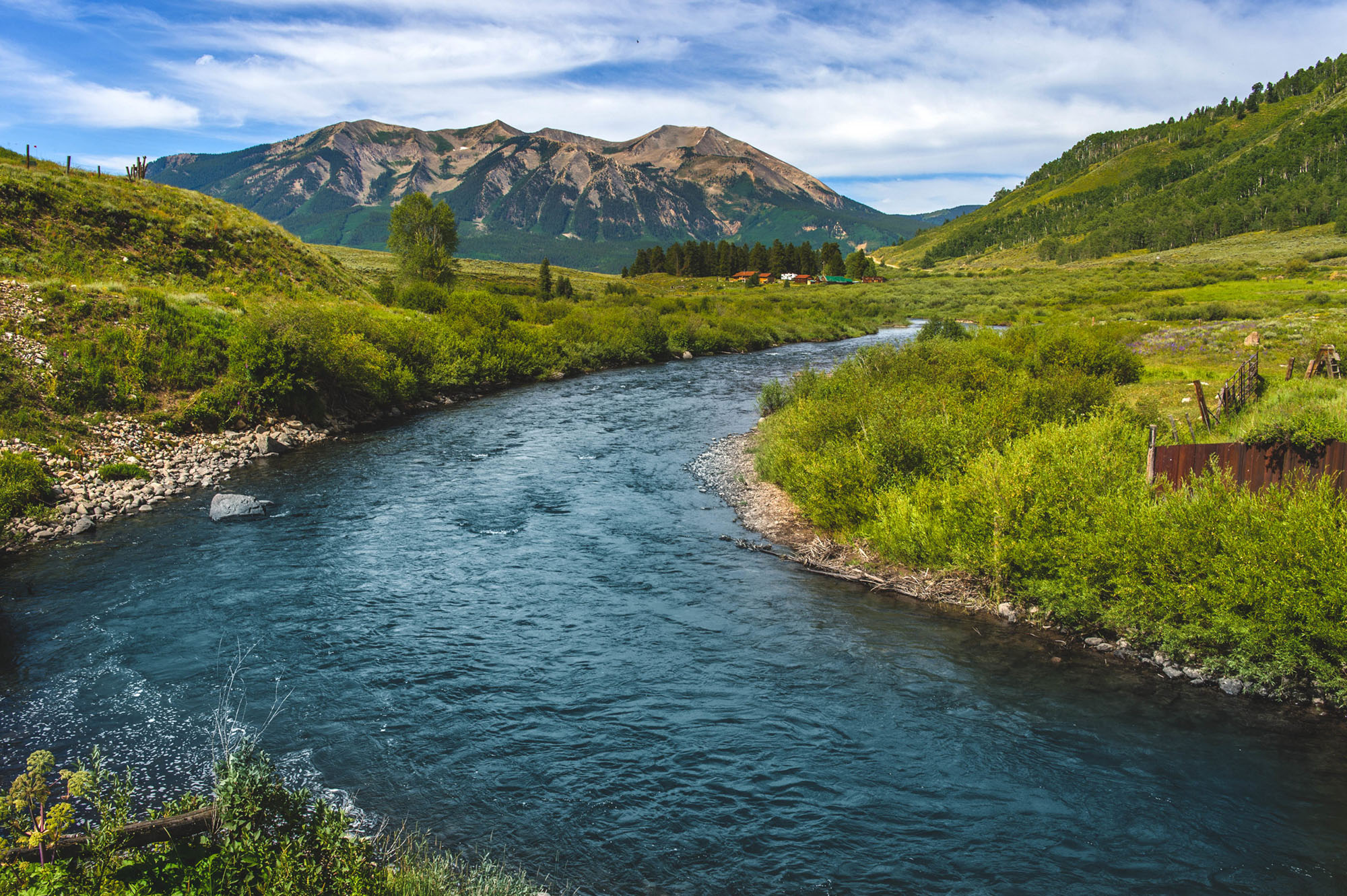
Using leadership-class computers, big data, and machine learning — combined in learning-assisted physics-based simulation tools — to fundamentally change how watershed function is understood and predicted.
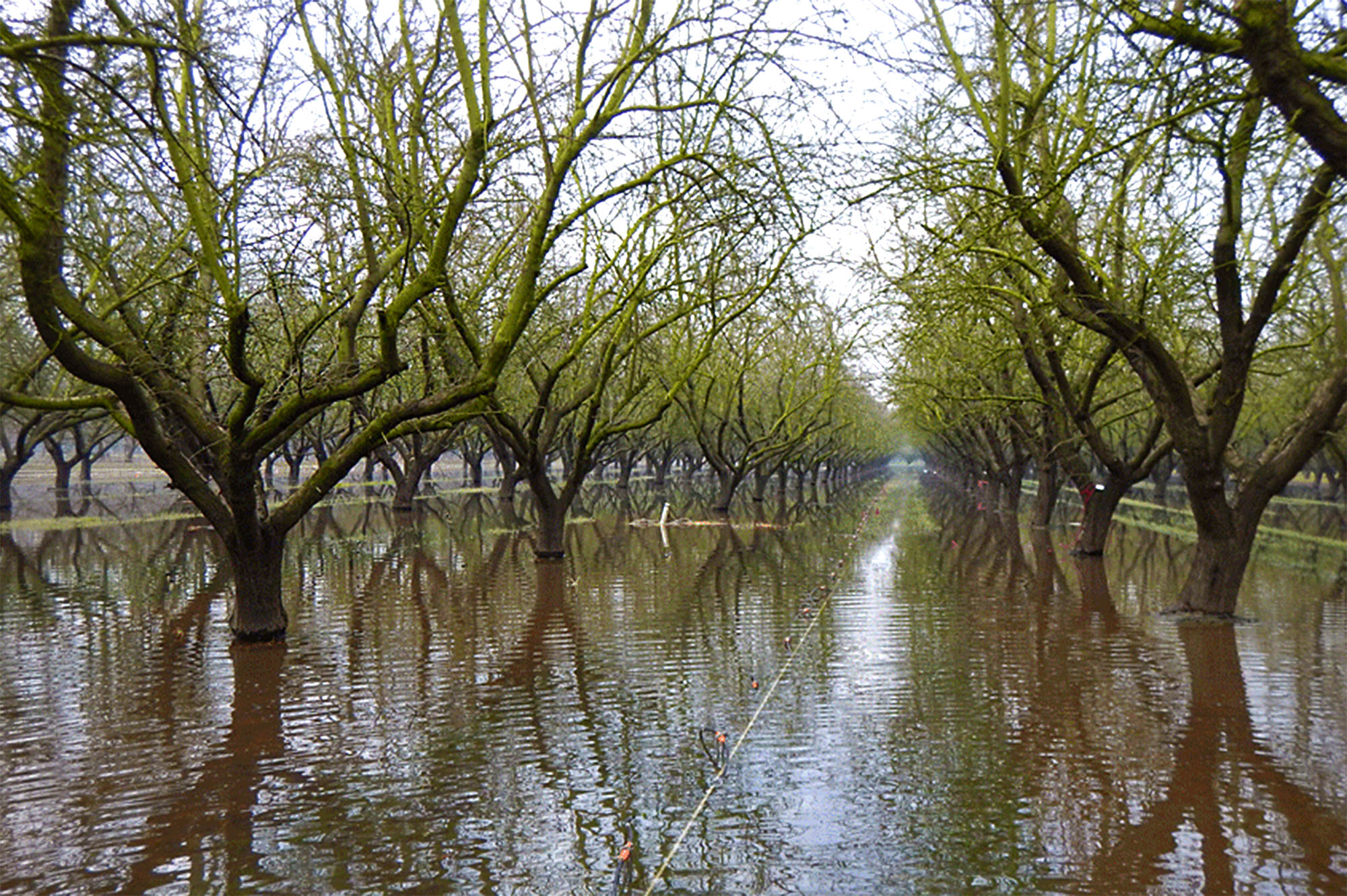
Combining traditional geophysical methods with novel sensors and modeling to answer questions about groundwater charge across scales.
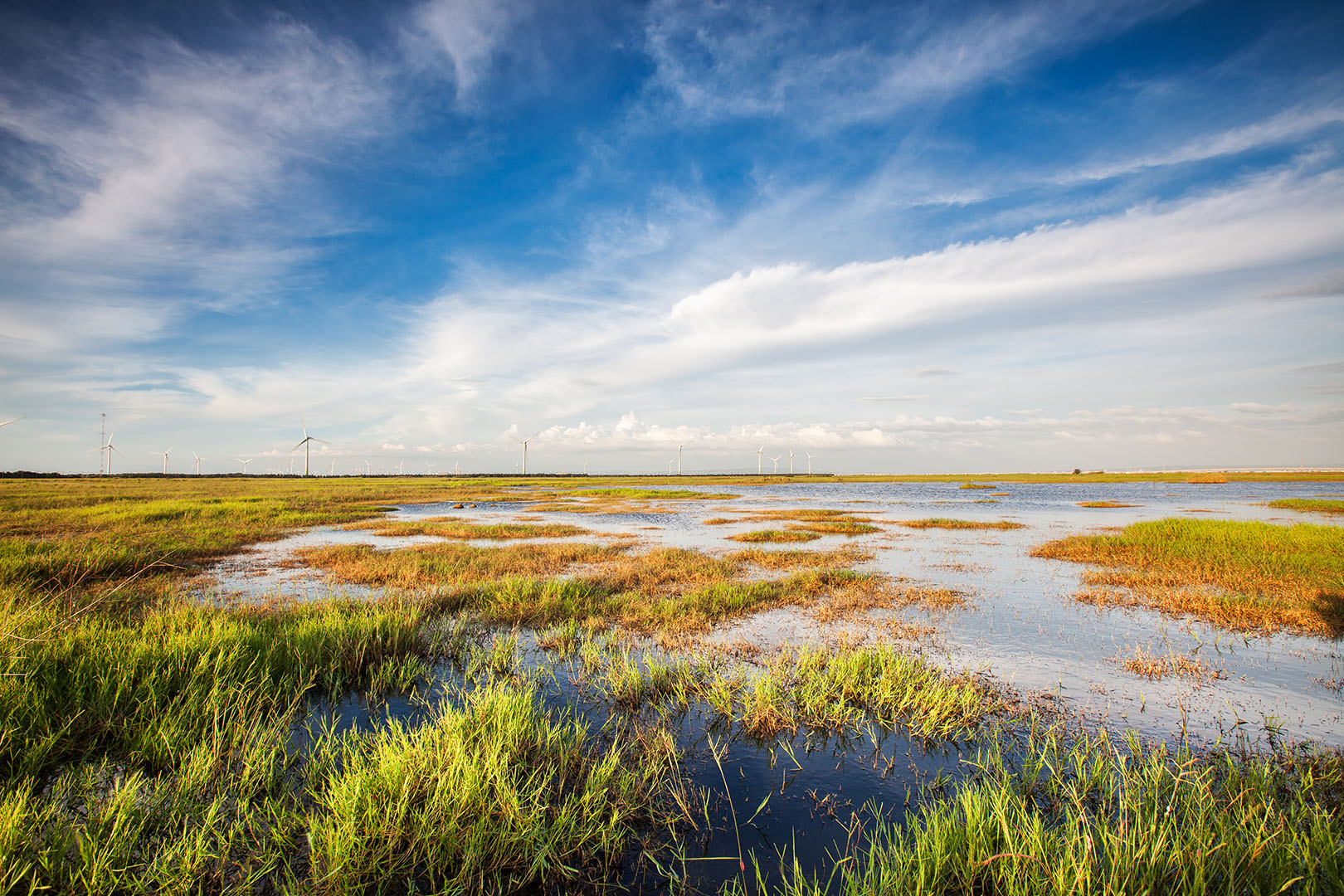
Delivering actionable climate data for water management.
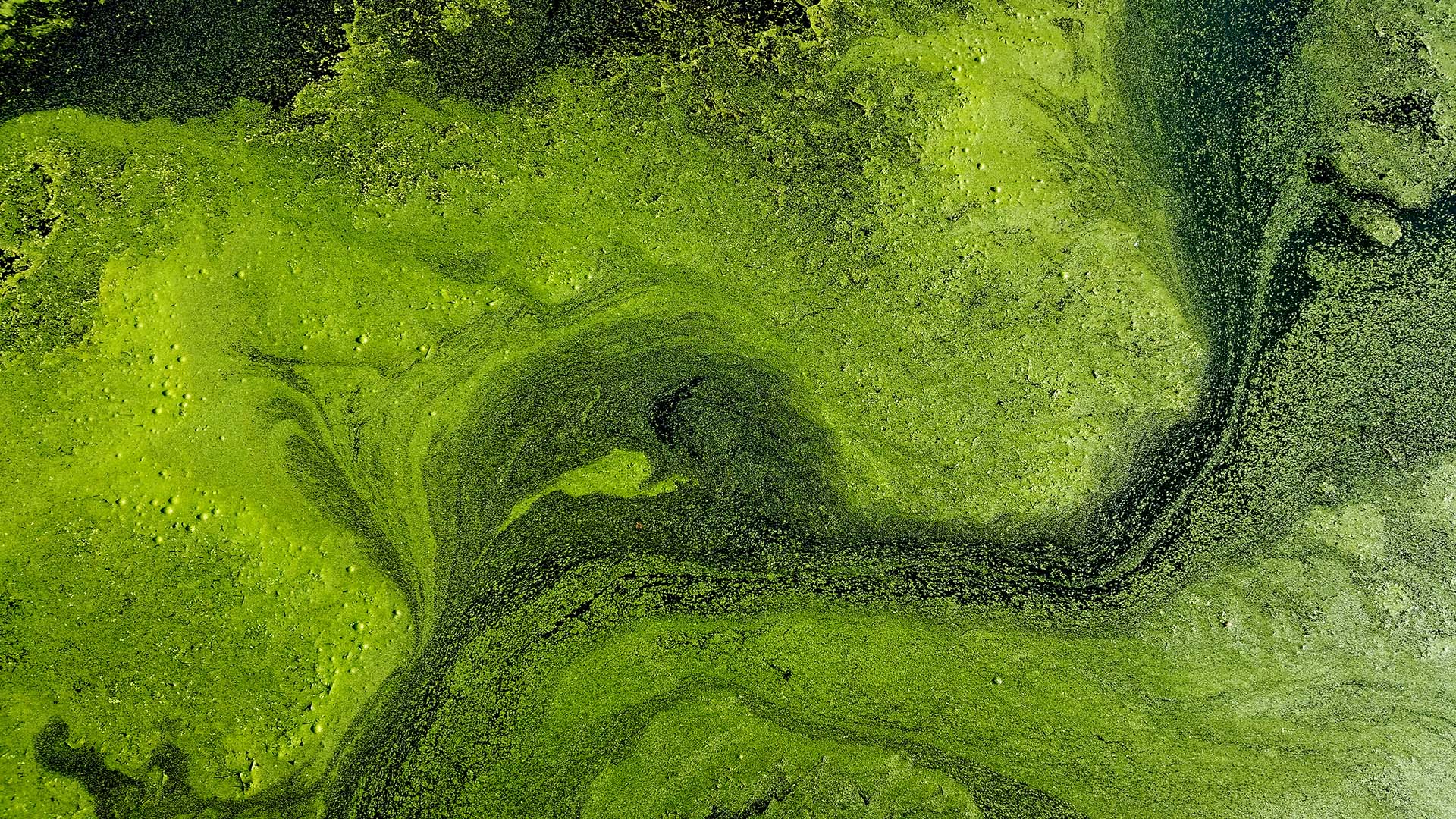
As part of this multi-institutional effort, Berkeley Lab scientists are studying and modeling the exchanges of carbon, nutrients, and elements across coastal terrestrial-aquatic interfaces.
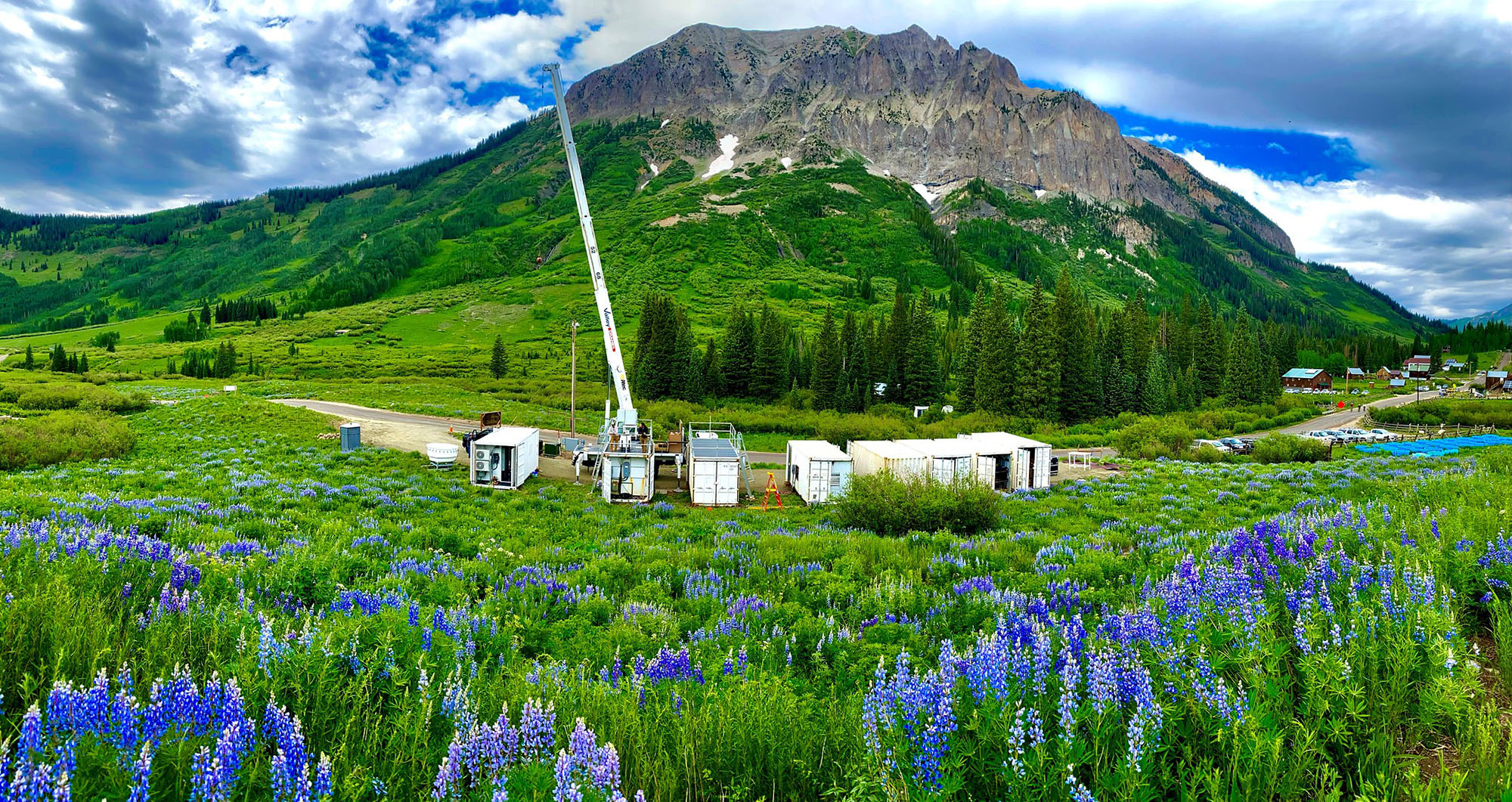
An advanced atmospheric observatory to profoundly advance scientific understanding of the major atmospheric physical processes and land-atmosphere interactions affecting how mountainous watersheds in the Rocky Mountains deliver water.

Demonstrating an integrated system of nontraditional water treatment and renewable energy generation sources and defining the feasibility and optimization paths for development of full-scale desalination system(s) with significant cost reductions.
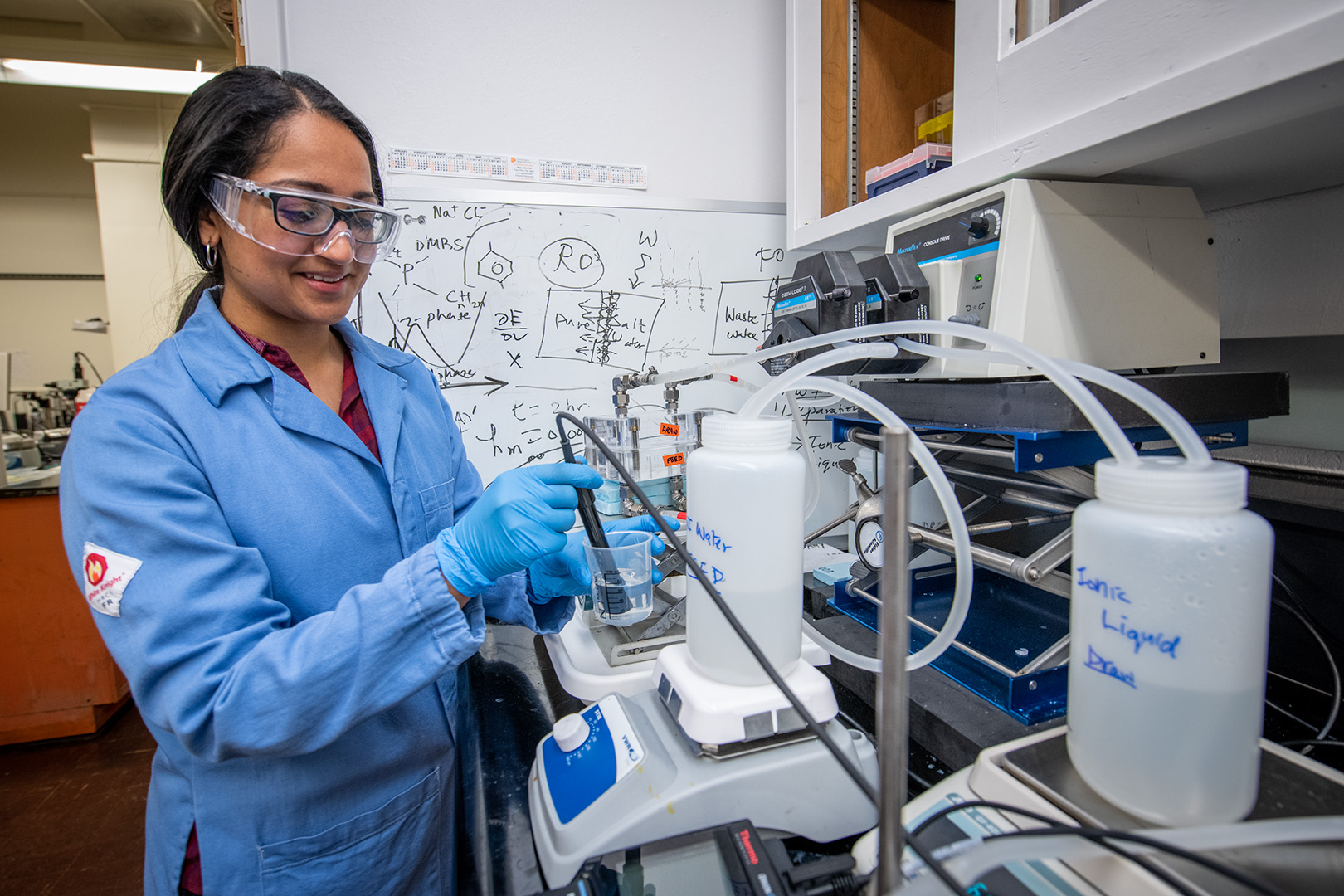
Developing desalination technologies based on novel materials and process configurations that can treat nontraditional water sources for beneficial reuse.
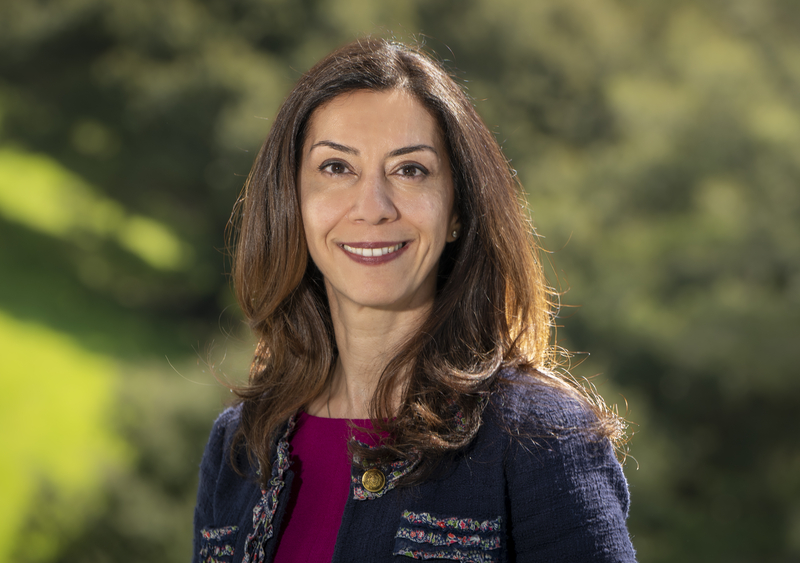
"This role combines my passion for developing and leading interdisciplinary and impact-driven research initiatives across both water and energy sectors. We're enabling cutting-edge scientific exploration that can simultaneously advance strategies for climate adaptation and mitigation."
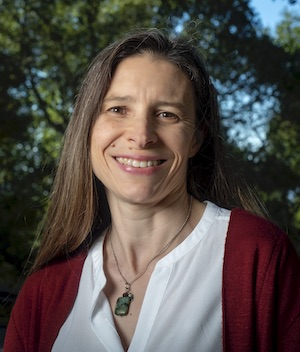
“The human demand for freshwater is growing. Yet our natural resources are nearly tapped out, and climate change is expected to make it worse. It’s urgent that we find ways to reuse the water we’ve already taken from the environment.”
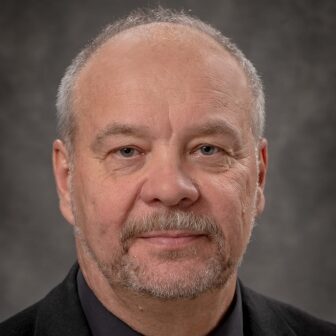
“Our study is an important step toward lowering the cost of desalination. It’s also a great example of what’s possible in the national lab system, where interdisciplinary collaborations between the basic sciences and applied sciences can lead to creative solutions to hard problems benefiting generations to come.”


The National Alliance for Water Innovation (NAWI), which is led by the Department of Energy’s (DOE) Berkeley Lab, has been extended for five more years with $75 million in funding from DOE. NAWI will continue its contributions to helping decarbonize the water and wastewater sectors through investments in technologies that enhance the efficient use of energy for water use, treatment, and distribution.
The National Alliance for Water Innovation, or NAWI, was founded in 2017 by three Department of Energy (DOE) national labs — Lawrence Berkeley National Laboratory, Oak Ridge National Laboratory, and the National Renewable Energy Laboratory — to establish the next DOE Energy Innovation Hub. Along with a core group of industry and academic partners, NAWI formed a research consortium to examine the critical technical barriers and research needs to radically lower the cost and energy of desalination. NAWI is led by Lawrence Berkeley National Laboratory and headquartered in Berkeley, California.
